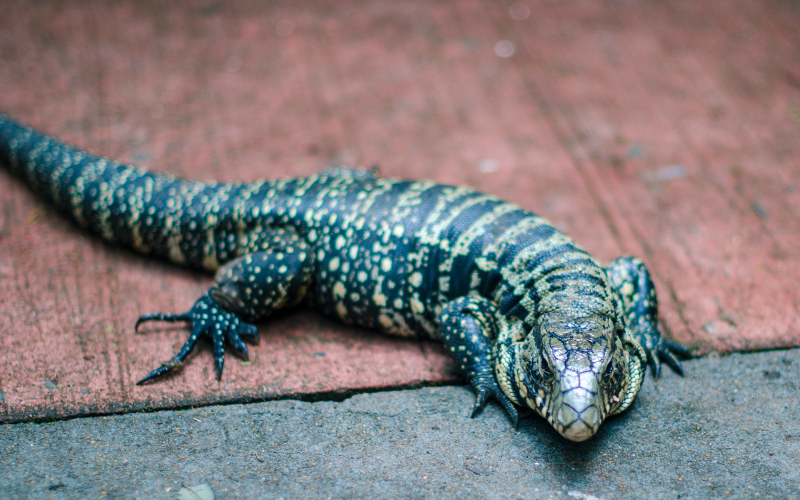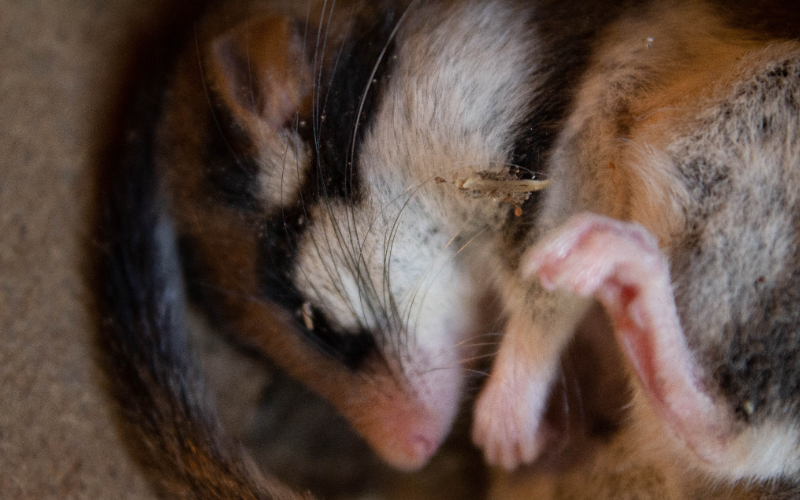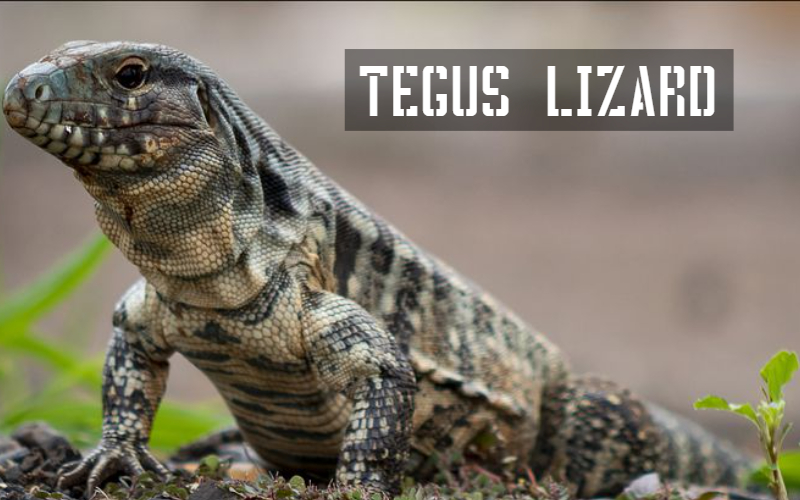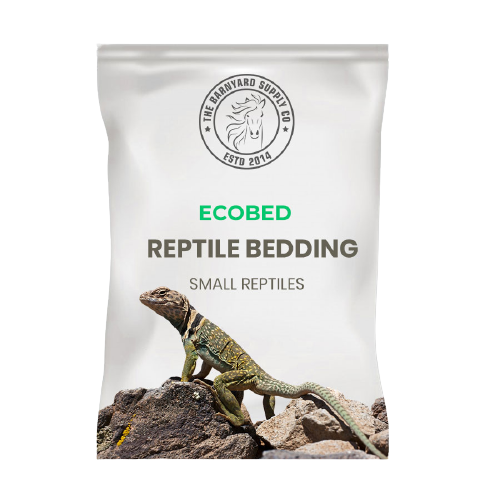Appearance
Tegus are a Central and South American species. The lifespan and adult size of different species varies, and many can grow to be extremely huge. Tegus comes in a variety of species and subspecies. Depending on species it comes in a variety of colors. Tegus can be difficult to manage, but with consistent human involvement, they can be domesticated and form bonds with their handlers. Domesticated Tegus are clever giant reptiles that humans love to keep as pets, according to some. It can reach a height of 40 inches and has a lifespan of 15 years or more. The average length of a hatchling tegu is 7 to 10 inches. A young tegus grows quickly, up to an inch every month. For a period, a 40-gallon breeder tank or a reptile cage measuring 36 by 18 by 17 inches would be needed for this species.
Behaviour

These single reptiles are nocturnal, meaning they are most active during the day. They alternate between lounging in the sun and foraging for food to keep their body temperature in check. They enter a hibernation-like state known as brumation throughout the winter months. When the temperature falls below a particular level, brumation occurs. They are highly active creatures during the rest of the year.
Temperature Requirements
Inside the enclosure, a temperature gradient with a warm and cold side should be created. This permits the tegu to change its location and hence adjust its temperature. On the warm side of the enclosure, create a 90-95°F daytime focus basking area. On the cooler side of the enclosure, daytime temperatures should be 75-85°F. To ensure that proper temperatures are maintained, use numerous digital thermometers with probes. Thermometers with dials are frequently inaccurate. Keep a temperature range of 75-85°F throughout the enclosure at night. A safe under-tank heating pad, ceramic heating element, or red bulb can be used to help maintain recommended temperatures if necessary. When using heating pads, always use proper rheostats/thermostats to avoid burn damage.
Lighting
For around 12 hours a day, shine an ultraviolet B (5.0 UVB) light within 18 inches of the basking region, with no glass or acrylic in between. UVB is required for the creation of vitamin D and the proper absorption of calcium from the gastrointestinal tract. UVB production declines with time, therefore this bulb should be replaced every 6 months.
Humidity
Tegus require a 70% to 80% humid environment. Fill a dish or container large enough to fit your pet’s full body. You can sprinkle water from a spray bottle once or twice daily to keep the enclosure moist, providing a higher humidity micro-environment for your pet. Keep an eye on the substrate for mould and waste, and replace it fully every 2 weeks, or more frequently if necessary.
Housing
Tegus enclosures must have adequate space for the lizard to turn, move, and run about freely, as well as climbing and perching accessories. Finally, the substrate must let them dig/excavate, and the hide must be large enough for them to move around in. For starters, a juvenile Tegus would be happy in a 36”x24”x20” secure enclosure, but they grow quickly, so you may need an enclosure 2X that size soon. Some handlers construct outdoor enclosures, however this is dependent on the weather. Tegus are highly intelligent, and their social abilities allow them to coexist in a single enclosure. All you have to do now is double everything for two people and adjust accordingly when you add a Tegus. When they’re domesticated, you can let them roam freely as long as the humidity and sunshine exposure are acceptable.
Cleaning
Daily basis, the dirty substrate must be removed. After each meal, any leftover food must be eliminated. Clean water must be added to the tip-proof water bowl on a daily basis. Every 2-3 months, the entire enclosure must be cleaned, including the accessories, furnishings, and skins. Put it back together after washing it with mild detergent, rinsing it thoroughly, and allowing it to dry. Changing the substrate every 4-6 months is a good option.
Handling
Tegus get more docile as they age, which implies they can get along with people rather well. However, you must ensure that your pet is used to being handled; otherwise, they may grow agitated and lash out. You don’t want to get on their wrong side, especially as these creatures can grow to have an exceedingly strong bite!
Diet

Tegus are omnivores and require a diet that is primarily consisting of meaty meals, with some fruits and vegetables thrown in for good measure. Any raw meat, such as pinkie mice or even cooked eggs, will suffice, but a modest amount of fruits and vegetables should be provided as well. Although Red Tegus are fed primarily meaty meals, expect to feed them more fruits and vegetables than their Tegu kin. Clean up any remaining food from the enclosure after each meal.
Substrate
The substrate must allow the Tegus to dig and excavate so make sure the substrate depth is adequate. Cypress mulch is an option but you can also use coconut fiber. Coconut fiber is an organic bedding option and completely safe for your pet. We recommend EcoBed Reptile Bedding which is a high quality product.
Substrate Types
Cypress Mulch
Cypress mulch is a comfortable substrate for lizards. They can dig around in the mulch and it retains humidity nicely. It’s attractive and has a pleasant but not overwhelming smell. This mulch is readily available at garden shops. You do have to remove all the mulch to thoroughly clean the cage.
Advantages:
• Retain moisture
• It doesn’t mold.
Disadvantages:
• Costly
• Mites thrive in cypress mulch
Coconut Fiber
The coconut fiber-based substrate is a suitable option for Tegus. Coconut is one of the safest substrate materials available. It clumps up around droppings and makes cleaning up a little easier for you, the owner. Coconut also has antibacterial effects. It will catch and even eliminate microorganisms from faeces. It was made without the use of any chemicals, and it is also harmless for the environment.
Advantages:
• Very natural look
• Self-cleaning and easy cleanup of droppings
• Affordable and good value
Disadvantages:
• May attract mites and bugs over time
Reptile petting is one such occasion habit seen in rarity, for you to raise them in full conscience need as much information as possible, read more for a complete guide on each pet to wish to raise.







